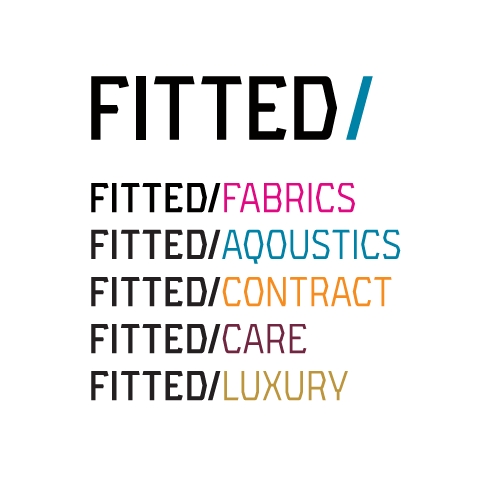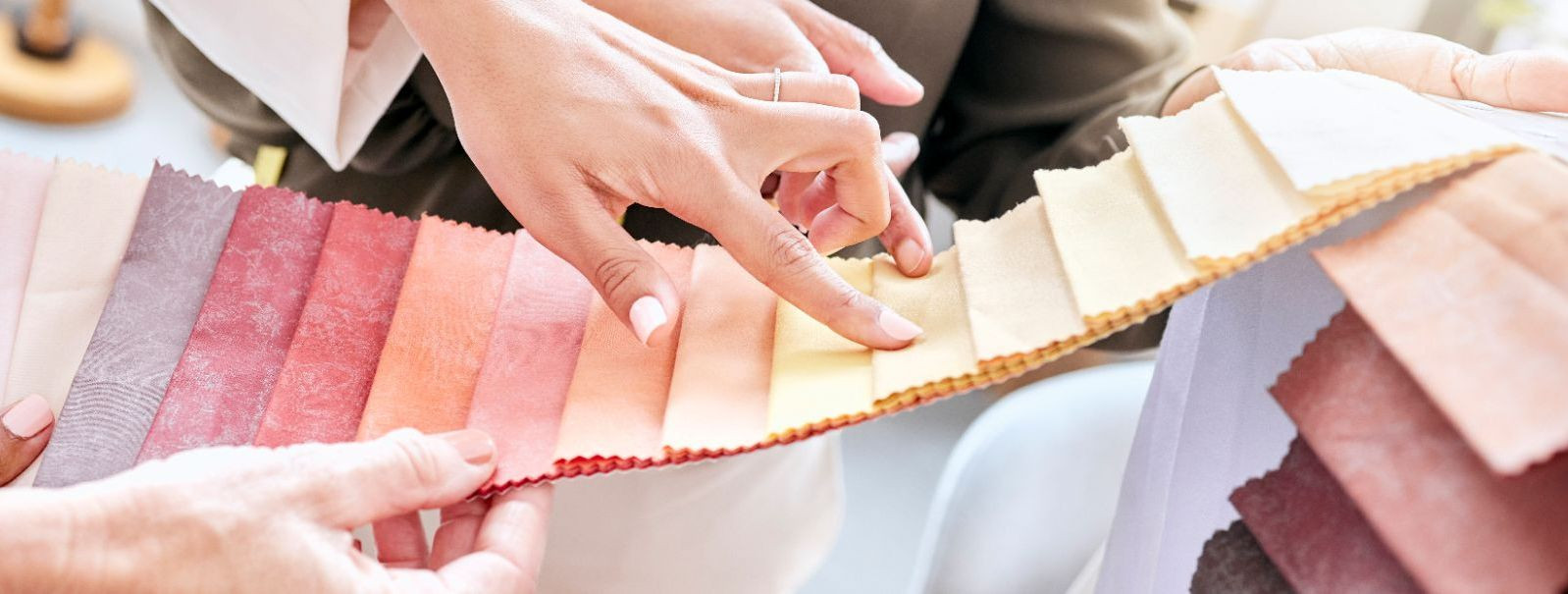How to choose high-quality fabrics for your brand
Fabrics are the foundation of any fashion design. They not only determine the look and feel of a garment but also influence its functionality and wearability. High-quality fabrics can elevate a design, making it more appealing and luxurious, while poor-quality materials can detract from even the most innovative designs.
Choosing high-quality fabrics is crucial for maintaining a brand's reputation. Customers associate the quality of the fabric with the overall quality of the brand. High-quality fabrics lead to higher customer satisfaction, repeat purchases, and positive word-of-mouth.
Key Factors to Consider When Choosing Fabrics
Understanding the composition of a fabric is essential. Natural fibers like cotton, linen, and wool are often preferred for their breathability and comfort. However, synthetic fibers like polyester and nylon can offer durability and elasticity. The key is to balance these properties to suit your brand's needs.
Durability is a critical factor, especially for brands focused on sustainability. Fabrics that withstand wear and tear ensure that garments last longer, reducing the need for frequent replacements and minimizing environmental impact.
The visual and tactile qualities of a fabric can significantly affect a garment's appeal. Consider the drape, sheen, and texture of the fabric to ensure it aligns with your brand's aesthetic vision.
Eco-conscious consumers are increasingly concerned about the environmental impact of their purchases. Opt for fabrics that are sustainably sourced and produced, and consider the entire lifecycle of the fabric, from production to disposal.
Types of High-Quality Fabrics
Cotton is a versatile and widely used natural fiber known for its softness and breathability. Organic cotton is an excellent choice for eco-conscious brands.
Linen is valued for its strength and coolness, making it ideal for summer garments. It is also biodegradable and has a lower environmental impact than many other fibers.
Wool is a natural insulator, perfect for winter clothing. It is durable, biodegradable, and can be sourced sustainably.
Polyester is known for its durability and resistance to wrinkles and shrinking. Recycled polyester is a more sustainable option.
Nylon is strong and elastic, making it suitable for activewear. Like polyester, recycled versions are available.
Blended fabrics combine the best properties of natural and synthetic fibers, offering a balance of comfort, durability, and cost-effectiveness.
Ethical and Sustainable Sourcing
Look for certifications such as GOTS (Global Organic Textile Standard) and OEKO-TEX, which ensure that fabrics meet high environmental and social standards.
Partner with suppliers who are transparent about their sourcing and production processes. Building relationships with ethical suppliers can enhance your brand's credibility and appeal to conscious consumers.
Tips for Testing Fabric Quality
Examine the fabric for consistency in color, texture, and weave. Feel the fabric to assess its weight and drape.
Perform tests such as the stretch test, wrinkle test, and water absorbency test to evaluate the fabric's performance and suitability for your designs.
Building a Relationship with Fabric Suppliers
Strong relationships with suppliers can lead to better pricing, priority access to new materials, and collaborative opportunities for innovation.
Inquire about their sourcing practices, minimum order quantities, lead times, and any sustainability initiatives they may have in place.






Comments (0)